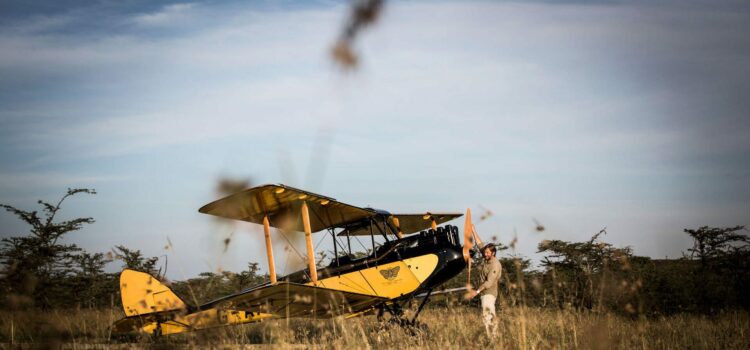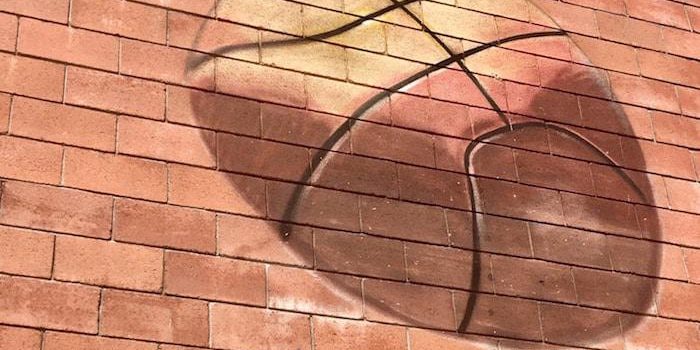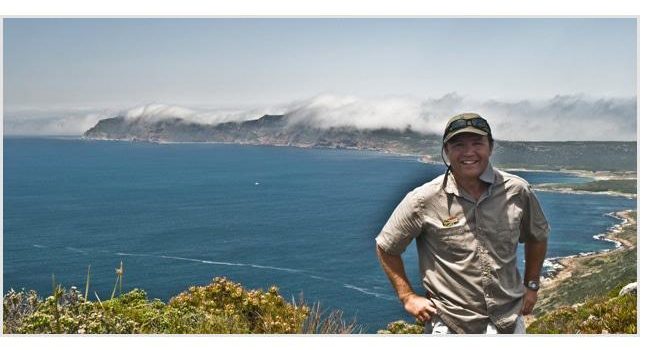For travelers embarking on a safari holiday to South Africa, selecting a game reserve or national park can be a daunting task. Here is a deep dive into what makes the Kruger National Park such a famous safari destination. I’ll also touch on the private concessions within the park and the private game reserves bordering the park in the Great Kruger area.
AN OVERVIEW OF KRUGER
The world-renowned Kruger National Park lies in the north-east of South Africa. The park runs across the eastern reaches of the Limpopo and Mpumalanga provinces of the country; in the north, the park lies just south of Zimbabwe, in the west, it runs perpendicular down along the western border of Mozambique.
Originally proclaimed in 1898 as the Sabie Game Reserve, and then as the Kruger National Park in 1926, and with an area of some 19,485 square kilometres (nearly 2 million hectares), the park is well established and BIG!
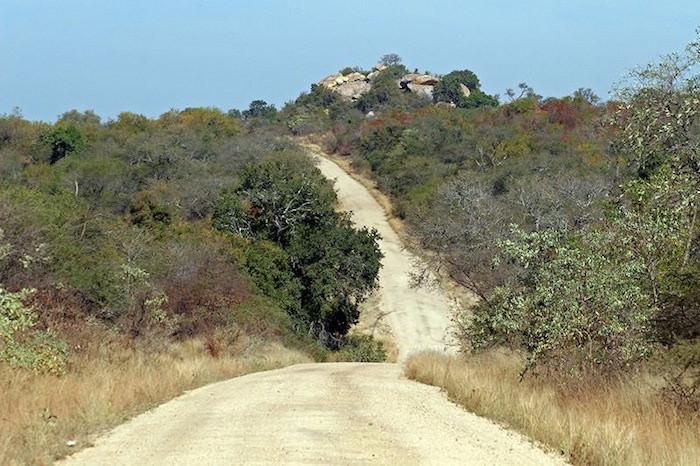
Not only is the park one of the largest national parks in the world, it is also the biggest reserve in South Africa, and provides one of the finest wildlife experiences in all of Africa.
Here, in no less than six ecosystems, you will find Africa’s spectacular Big Five, along with a myriad of other wildlife … both beast and bird … all equally and absolutely enchanting.
Two rivers, the Limpopo and the Crocodile Rivers respectively, one to the north and one to the south of the reserve, act as it’s natural boundaries.
Several other rivers run through the area from west to east, including the Sabie, Olifants, Letaba, and Luvuvhu Rivers.
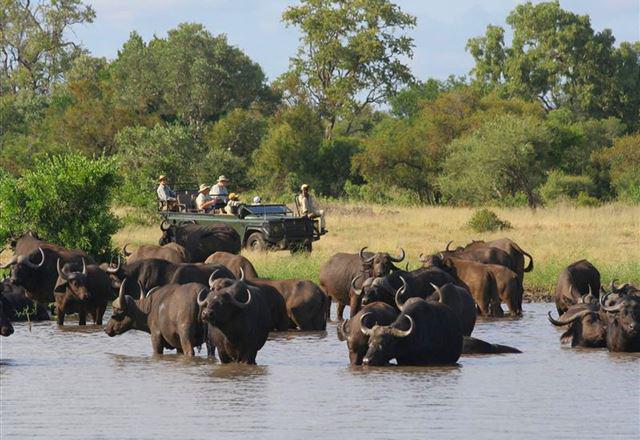
The climate of the Kruger National Park is predominantly subtropical, with rainfall occurring in the summer months of November to April. These months tend to be hot and close, whilst the winter months of May to October tend to be milder and ‘just’ warm.
Traditionally, the drier months are best for game viewing; vegetation is sparser, foliage is less, and the absence of water draws animals to the waterholes to drink, making wildlife viewing more gratifying.
The Kruger National Park is a malaria area and so visitors need to take anti-malaria tablets (especially in the summer months). The dry winter season, when contracting the disease is less likely, is therefore an ideal time to visit.
Conversely, when the annual summer rains do arrive, as the trees and the grasses turn from scrubby brown to exuberant greens, numerous species give birth to their young, bringing the bush to life with newborn offspring.
The central and southern parts of the park are more verdant, with thicker vegetation, than the drier northern and far-northern regions; for this reason, it is here where the larger concentrations of game occur, and that the majority of the park’s camps and lodges are also found.
THE KRUGER NATIONAL PARK CONCESSIONS – Private, Luxury Game Lodges Within The Park
Up until not too long ago, accommodation in the Kruger National Park was in the form of SanParks (the government-run, South African National Parks Board) rest camps.
Whilst these SanParks-run rest camps are still very much in existence, more recently large tracts of land have been ceded to private operators who have established luxury lodges on these leased concessions.
These lodges are exclusive, similar in style to the private luxury lodges found on the private game reserves abutting the western borders of Kruger National Park (more about these private game reserves to follow).
Whilst conservation is still a priority, the operators of these private concessions offer indulgent accommodations and superb services within the larger park, with the freedom to move into the park proper if so desired.
As the concessions are private, there are no other vehicles and no crowds, making the entire safari experience far more exclusive and more intimate than the experience of the rest camps.
A few examples of luxury lodges on private concessions within the park are the outstanding Singita Lebombo and Singita Sweni respectively, as well as Jock Safari Lodge.
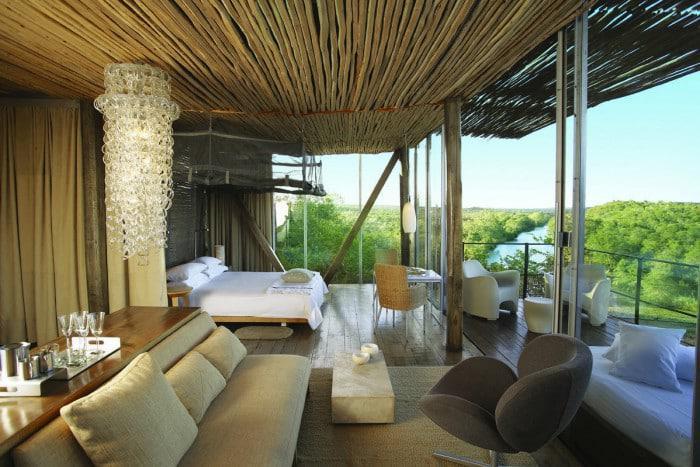
THE GREATER KRUGER PRIVATE GAME RESERVES – Private, Luxury Game Lodges Bordering The Park
As referenced above, bordering the western periphery of the Kruger National Park, exist a number of private game reserves.
Although none of these private reserves fall within the park’s boundaries, they occur directly ‘next door’, and together with the main Kruger National Park, form the Greater Kruger National Park.
There are no fences between the private reserves and the Kruger National Park proper; this allows animals freedom of movement and ensures spectacular wildlife encounters, giving rise to some of the best game viewing in the country.
Unlike the main park, the private game reserves make allowance for their game-viewing vehicles to leave the main roads, and with animals on the whole being more accustomed to humans, there’s a much greater chance of seeing them.
Accommodation on these reserves is typically of the highest standard, with lavish lodgings and associated luxury amenities … exclusive understated services is the expected order of the day.
A safari holiday at one of these lodges is truly an exceptional experience and comes very highly recommended.
Private game reserves bordering the main Kruger National Park, include Sabi Sands, Timbavati, Manyeleti, Kapama and Thornybush Private Game Reserves.
Sabi Sands Private Game Reserve is home to the well known Mala Mala, Ulusaba and Lion Sands Lodges.
Timbavati Private Game Reserve is home to the well known andBeyond Ngala Tented Camp, Tanda Tula, and Simbavati Lodges.
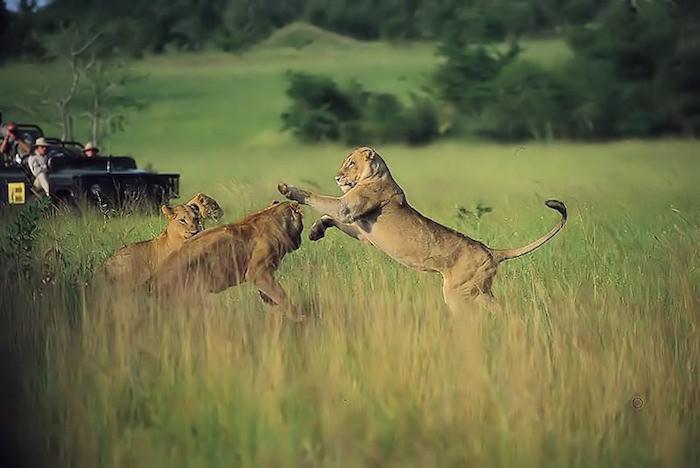
ACCESSING THE KRUGER NATIONAL PARK – Flying Directly To Your Lodge
Many of the private lodges surrounding Kruger National Park operate airstrips. The daily flights servicing these lodges take around 90 minutes from Johannesburg, and will deliver you directly to the airstrip closest to your lodge.
From the airstrip a waiting ranger will escort you to your lodge by game-viewing vehicle.
This is the easiest and most convenient way to access the park, but it is the most costly.
The Kruger National Park is the flagship of all wildlife viewing in South Africa, the very essence of Africa and it’s animals. A visit to this reserve will leave you with memories to last a lifetime, and will more often than not see you coming back for more.
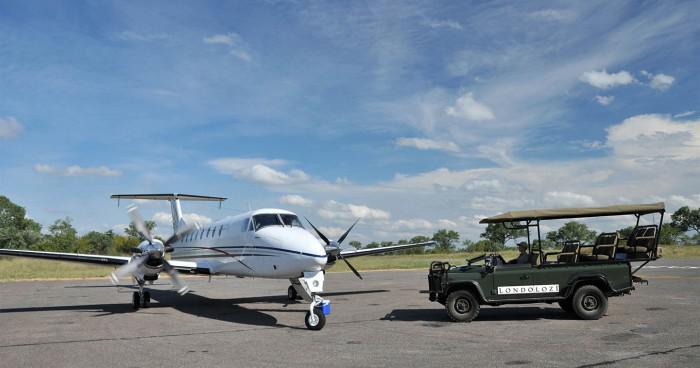
Flying To A Regional Airport Closer To Kruger National Park (Hoedspruit/Eastgate Or Kruger Mpumalanga International)
There are several daily flights operating from Johannesburg to either Hoedspruit airport or Kruger Mpumalanga International airport; the choice of airport is dependent on your particular lodge location.
Taking one of these regional flights negates a large portion of drive-time from Johannesburg.
An escorted road transfer is then available from either of these regional airports to your lodge, the transfer is ordinarily around two to three hours each way.
An alternative to the latter mentioned road transfer would be to take a charter flight of approximately 25 minutes to the airstrip closest to your lodge.
This is not the cheapest option, but it does save a few hours.
Self-Drive Or Pre-Arranged Transfer With Driver
Dependent on your driving speed and the number of stoppages along the way, drive time from Johannesburg to Kruger National Park can be anything from four to six hours.
Self-drive/road transfer with driver is the least expensive option for those on a budget, but also the most time consuming.
